Tuesday
Featured Stories, Mandala ProjectsSurmang Relics: Part of Our Heritage
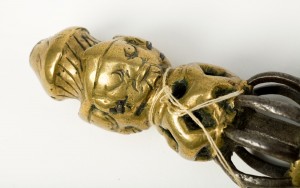 Fifty years ago many of the greatest lineage holders of the Tibetan Buddhist tradition walked out of Tibet in order to preserve the wisdom of their heritage. As Chogyam Trungpa Rinpoche said many years later:
Fifty years ago many of the greatest lineage holders of the Tibetan Buddhist tradition walked out of Tibet in order to preserve the wisdom of their heritage. As Chogyam Trungpa Rinpoche said many years later:
We can find wisdom even in the midst of the worst of the worst situations….In any situation, there is always some dignity, some goldlike element. Tibet is a lost country, at this point. The Chinese occupied my country, and they are torturing my people. It is quite horrific. We Tibetans were unable to avoid that situation. Nonetheless, the Tibetan wisdom has escaped. It has been brought out of Tibet. It has something to say, something to offer. It gives us dignity as Tibetans. (exerpted from Great Eastern Sun, page 35.)
Editor’s Note: We are currently on hiatus from publishing new articles; in the meantime, please enjoy this classic item reprinted from our back issues.
As Rinpoche indicates, the real wealth of Tibet has been embodied in the wisdom and training of its realized teachers, who in coming to the West have been so incredibly generous in sharing that treasure – the buddhadharma – with all of us. However, in addition to the human beings who are so precious, many dharma texts escaped over the Himalayas. Many sacred objects embodying siddhi, or the power of the lineages of practice, were also hand carried to India in the daring escapes of 1959.
Chogyam Trungpa Rinpoche had a particularly arduous journey, walking ten months from East Tibet over countless mountain ranges. He was unable to bring most of the dharma books from Surmang, where he was the abbot. Many precious items were left behind. However, Trungpa Rinpoche was able to bring a small group of extremely sacred objects to India with him. We refer to these as the Surmang Relics.
The Surmang Relics include four small rupas, or statues:
a statue of Milarepa that Lord Gampopa had on his shrine;
a statue of Chakrasamvara in union with Vajrayogini, which was a shrine object belonging to the mahasiddha Naropa;
a statue of Padmasambhava carved out of soapstone by one of his direct disciples;
Of this statue, Trungpa Rinpoche said:
“This rupa of Padmasambhava was carved by one of his direct disciples, and it has been handed down for generations. This status is supposed to change with the waxing and waning of the moon from red to white. It was carved by one of the twenty-five discples of Padmasambhava, someone named Ngungma, who was one of the chief discples. It’s supposed to be a facsimile carved by much in the likeness of Padmasambhava, and it’s supposed to contain relics of Padmasambhava inside it.”
and the Four-Armed Mahakala rupa – this last being the chief protector of Surmang.
Also included in the Surmang Relics are a phurba that Padmasambhava himself used in a ritual to open the Vajrakilaya mandala;
a hooked knife that belonged to Naropa, which was a gift from the 14th Karmapa to the 8th Trungpa;
and part of the skull of Naropa, which has an exquisite miniature painting on the inside of the skull.
Trungpa Rinpoche brought these objects to North America with him and placed many of them on the main shrine in Boulder in the mid-1970s, where they remained until his Parinirvana. Sometime later, Sakyong Mipham Rinpoche brought the Surmang Relics to Halifax and entrusted them to the Shambhala Archives for safekeeping. Because of conservation and security concerns, they have rarely been displayed in the last fifteen years, which is a loss to the entire community. For the first time in several years, a number of these objects will be in the shrine room in Halifax for the Parinirvana practice. Several are too fragile to display at this time.
The Archives would like to permanently install the Surmang Relics in the shrine room of the Halifax Shambhala Centre. Some of the funds needed were generously donated about five years ago, but technical problems have delayed the construction of a display case. The case will require a separate air-conditioning system, a security system, and special stands for the objects. We hope to complete the project this year. The technical issues have largely been resolved; now we just need to complete the fundraising and do the work! Robert Rader has stepped forward to be one of the project directors, along with Jeanne Riordan-Perks and Carolyn Gimian from the Archives.
The wonderful photographs displayed with this article were taken by Marvin Moore.

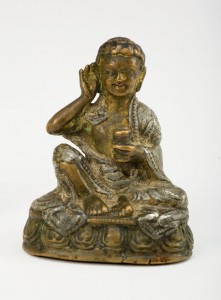
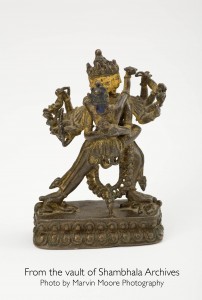
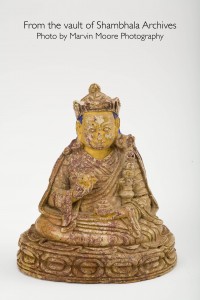
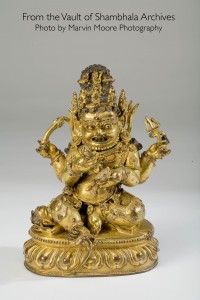
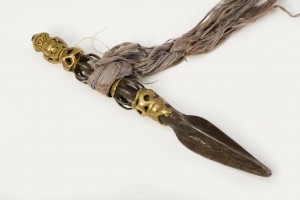
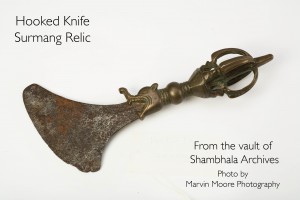
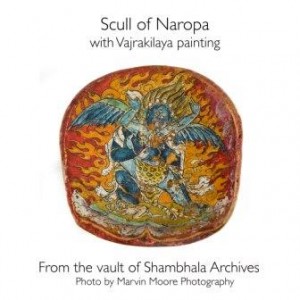
















Nov 23, 2018
Reply
The case would have to be designed to mitigate changes in Temperature and Relative Humidity, vibration, and other concerns, with a backup plan for power failure if powered. Feel free to consult me about reviewing the case design. I first documented and worked with Surmang Relics many years ago, including stabilizing the Vajrakilaya flaking painting inside the skull of Naropa, working with a microscope in a conservation laboratory. Trungpa Rinpoche told me directly how he wanted his paintings and treasures preserved, so, happy to advise on this.
http://www.treasurecaretaker.com, http://www.thangkapreservation.com
Apr 4, 2009
Reply
To visualy see and connect to the lineage is not a small thing, in fact it may be quite important in this dark age. Having these relics more open to all would be wonderful to see in the Kalapa Centre.
Apr 4, 2009
Reply
This are things that can be the foundation of the kalapa centre – We should include them in the design.